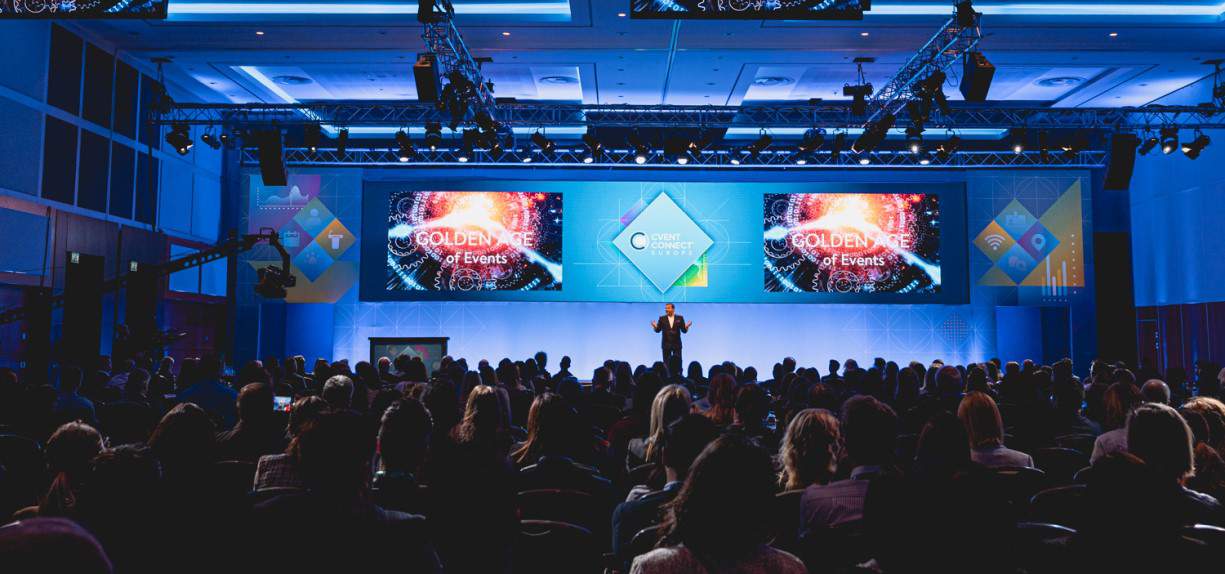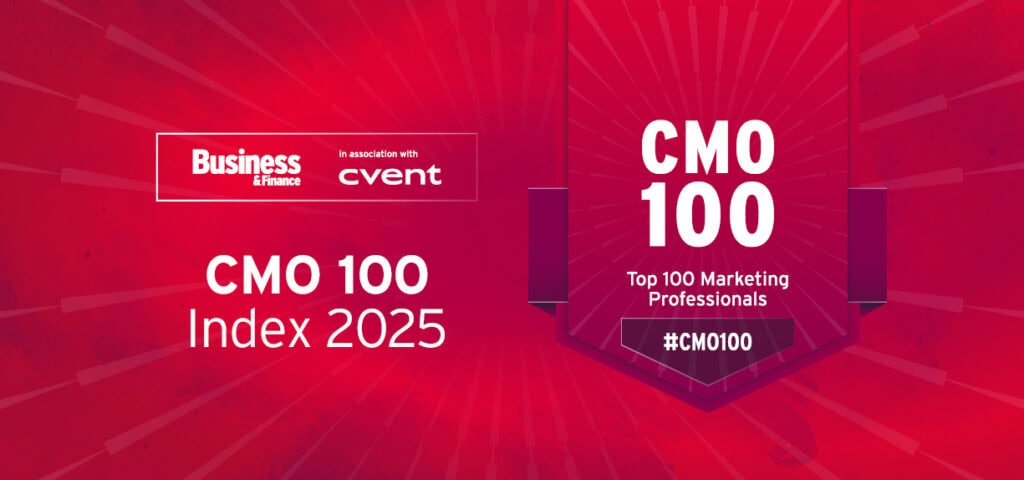74% of marketers cite events as their most important demand generation tactic, according to a recent study by Forrester. In the last few years, events have become a critical marketing channel to generate demand, reach new audiences, and build personalised relationships with prospects and customers.
As we look ahead to 2023, here are three event trends marketers should know — and how they will shape your marketing strategy.
In-person events incorporate more digital elements
Undoubtedly, events have become an increasingly digital channel. The sudden pivot to virtual-only events during the pandemic greatly accelerated this digitisation, allowing marketers to better engage with attendees and measure the direct impact of their events.
As in-person events continue to surge in 2023, they will include many more digital touchpoints. For marketers, this offers exciting opportunities to reach a wider audience — Forrester research shows that 76% of marketers have seen increased reach and attendance through the digital transformation of events.
Of course, a deep understanding of attendee interests and behaviour will be key to getting the most from digital touchpoints. This means weaving digital interactions throughout each stage of the event lifecycle — pre-event, during the event, and post-event.
So, think about how to integrate more digital interactions into your in-person events throughout the attendee journey. For example, use web/mobile app experiences pre-event to deliver personalised agendas. At the event, use polls and surveys to get event and session feedback, and post-event, offer on-demand content to attendees.
The year of continuous engagement
Today’s B2B buyer journey is longer, more complex and involves more stakeholders. Developing deeper engagement across this journey will be crucial to enhance the brand experience, increase customer loyalty and, ultimately, drive revenue.
Events offer the perfect channel to deepen these relationships with prospects and customers. When weaved into the various stages of the buying process, they can shorten the buyer journey and help you to build a community around your brand.
One way to drive engagement is to repurpose and reuse the content from your events in other digital marketing channels. Using virtual and hybrid events, as well as webinars, between your flagship in-person events is another way to build a constantly engaged audience and extend the duration of an event long after the event itself has ended.
Event data will enable more personalisation
With the digitisation of events comes more valuable event and attendee data. Events offer a greater number of touchpoints than channels such as paid search or email marketing.
Digitisation has also made it easier to collect data throughout the event journey, making events more quantifiable and measurable than ever. Marketers can use this data to enhance personalisation, improve targeting, and report on ROI.
The goal for marketers should be to use granular event data to build an audience-centric marketing strategy. For example, use engagement metrics to build engagement scores, identify the sessions or content that attendees were most interested in, and the interactions they had at the event.
However, since events generate their own unique data, having the right event technology in place will be key to capturing the right insights.
In 2023, event tech should be a core part of your martech and integrated with your CRM, marketing automation and other systems to ensure a seamless flow of data. This will give you a complete view of the customer journey across all of your marketing tactics.
Events are a critical part of your marketing mix
In 2023, events must be an integrated part of your marketing strategy. To get maximum impact, consider how you can use events, whether in-person, virtual or hybrid, at every stage of the buyer journey. This will drive continuous engagement with your prospects and customers and, ultimately, deliver ROI.
To learn more about using events to boost your marketing strategy, explore here.
READ MORE
CMO 100 2023


